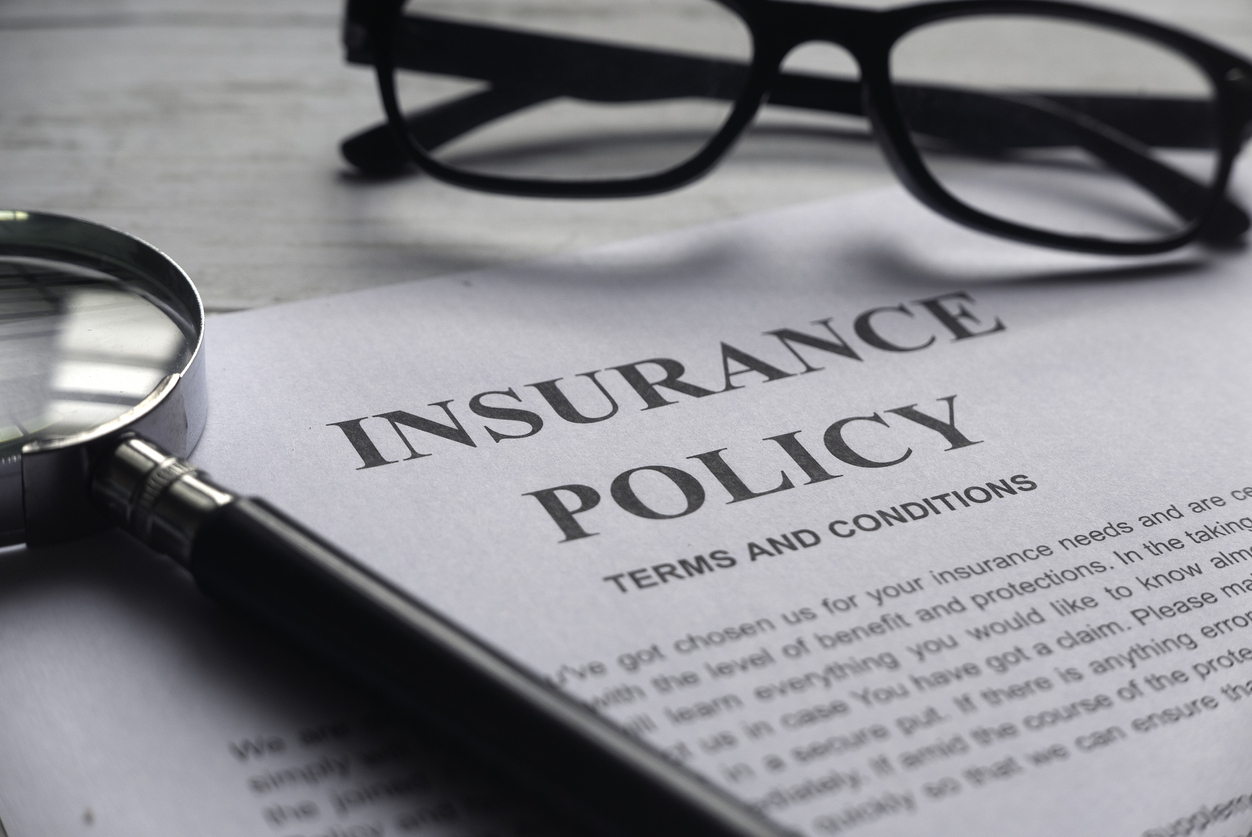The recent Epic v Google trial had evidence of the Google CEO marking documents Attorney-Client Privilege where there were no requests for legal advice and the Chief Legal Officer being questioned on “fake” attorney-client privileges.
These events are a reminder of what is protected under the Attorney-Client Privilege and how to identify those records on a privilege log.
Federal Courts look to state law for claims of privilege pursuant to Federal Rule of Evidence Rule 501. California Rules of Evidence 950 to 962 fully define the Attorney-Client Privilege. Cutting to the meat of the question, Rule 952 states:
“[C]onfidential communication between client and lawyer” means information transmitted between a client and his or her lawyer in the course of that relationship and in confidence by a means which, so far as the client is aware, discloses the information to no third persons other than those who are present to further the interest of the client in the consultation or those to whom disclosure is reasonably necessary for the transmission of the information or the accomplishment of the purpose for which the lawyer is consulted, and includes a legal opinion formed and the advice given by the lawyer in the course of that relationship.”
The Attorney-Client Privilege requires a client confidentially asking a lawyer for legal advice OR a lawyer providing to the client legal advice in a confidential manner. A lawyer and client cannot have a confidential communication at a party surrounded by people, because there are individuals who are not in privity to the lawyer or client who would breach the privilege. Moreover, the questions being asked must be for legal advice, not what the lawyer thought of a movie or sporting event.
Protecting Attorney-Client Communications in a lawsuit requires thoughtful “Privilege Review.” Privilege review requires lawyers to identify privileged information contained in communications and attachments. Attorneys first need strategies to search for potentially confidential information. These can include identifying corporate attorneys, paralegals, or legal assistants by email address. Another strategy is to search for a law firm’s domain name. Advance search features such as predive coding and data clustering can also be helpful for identifying privileged communications. The issue is to develop a plan and test it to see if it identifies protected information.
After finding potentially privileged information, the next step is to prepare an adequate privilege log. Federal Rule of Civil Procedure Rule 26(b)(5) requires a privilege log to “describe the nature of the documents, communications, or tangible things not produced or disclosed—and do so in a manner that, without revealing information itself privileged or protected, will enable other parties to assess the claim.”
Privilege review asks the fundamental question, is there a confidential communication between a lawyer and client regarding legal advice? If the answer is no, then there is no privileged communication. Moreover, simply labeling a record Attorney-Client Privilege does not make it privileged.
Josh Gilliland is an associate attorney at Greenan, Peffer, Sallander & Lally LLP. Josh grew up in Silicon Valley and is a graduate of UC Davis with a degree in Political Science and earned his law degree from McGeorge School of Law, University of the Pacific. Josh is nationally recognized for his eDiscovery blog www.bowtielaw, where he analyzes current trends in case law focusing on eDiscovery and Admissibility. Josh has presented at legal conferences and comic book conventions across the United States. He also ties a mean bow tie.



Leave a Reply